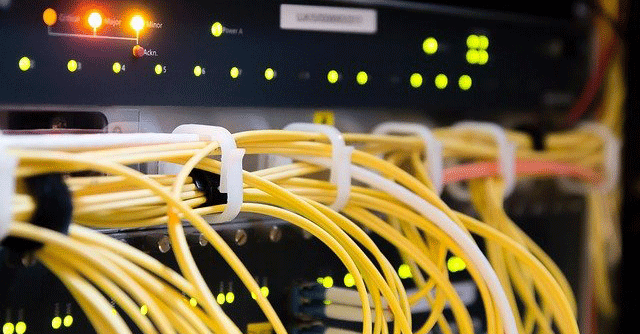
India’s enterprise networking market grew by 6.9% YoY in 1Q22, says IDC


India’s enterprise networking market, which includes Ethernet switch, routers, and WLAN segments, witnessed a 6.9% year-over-year (YoY) growth in terms of vendor revenues during 1Q22 (from January to March), amid high price and shipment challenges, according to International Data Corporation (IDC).
IDC has said that the market is expected to grow in single digits in terms of compound annual growth rate (CAGR) for 2021–2026. The increased adoption of emerging technologies such as cloud, IoT, mobility, etc. would drive incremental revenues. IDC also expects large investments for 5G rollouts in the next couple of years.
“The networking market in India (in terms of vendor revenue) is expected to have a gradual and steady growth for quarters to come. However, the growth cannot be directly construed as an increase in demand,” said Sudharsan Raghunathan, Senior Market Analyst, Enterprise Networking, IDC India.

He added that due to the rising prices of network infrastructure caused by multiple reasons like the weakening rupee against the dollar, increase in transportation/logistics costs, and worsening scenario of component shortages, the vendor revenue numbers will continue to grow at a higher pace compared to the units that are being shipped.
Switching business in India had a 17.6% YoY growth during 1Q22. The non-DC switching business had a YoY growth of 14.2% owing to the professional services segment which was spending the pent-up demand after offices resumed in India. DC switching had a strong growth of 22.5% YoY during 1Q22 owing to the weak DC switching growth during 1Q21. Cisco continues to lead the Ethernet Switch market with a 56.3% share during 1Q22, followed by Juniper and Hewlett Packard Enterprise (HPE). Key industries that contributed to the switching business include services, finance, and manufacturing.
India’s router market declined by 14.7% in 1Q22, said the IDC report. Service providers contributed to 63.4% of the router investments. Both, enterprise as well as service provider routing, faced a decline with enterprise taking a strong fall of 26.4% and service providers declining by 6.1%. Apart from telecom other key verticals for routing include finance, services, and manufacturing. Here too, Cisco leads the router market with a 62.2% market share in 1Q22 followed by Juniper and Nokia

WLAN segment witnessed a growth of 9.1% YoY in 1Q22. While the enterprise WLAN grew strongly with pent-up demand from organizations coming through, the consumer wireless demand softened with offices reopening in the country. Enterprise WLAN segment exhibited a very strong 38.5% YoY growth while consumer WLAN declined by 20.8% YoY. Cloud-managed wireless had a good uptake in India owing to ease of deployment and manageability. With a market share of 24.9%, TP-Link was the market leader in the WLAN segment during 1Q22. Within the enterprise class WLAN segment, Cisco was the market leader with 24.1% market share followed by Hewlett Packard Enterprise (HPE) with 22.5%.
The networking vendor ecosystem continued to witness challenges regarding component shortages coupled with increasing logistics costs and a weakening rupee against the dollar, said the report.
Though the YoY growth was recorded at 6.9%, the average cost of all networking equipment has had low double-digit percentage growth thereby softening the number of units shipped. The lead time of shipment of network equipment is currently in the tune of 30-35 weeks. With the Russia-Ukraine conflict prolonging, the lead times are expected to remain the same for at least three quarters from now. IDC expects the next few quarters to have steady market growth as vendors try to clear their shipment backlogs.

However, IDC does not expect the demand to have a negative impact considering the vitality that network hardware brings to business continuity. The analyst firm expects that this trend will give rise to flexible managed services or subscription-based models that will effectively cater to enterprise demand.
